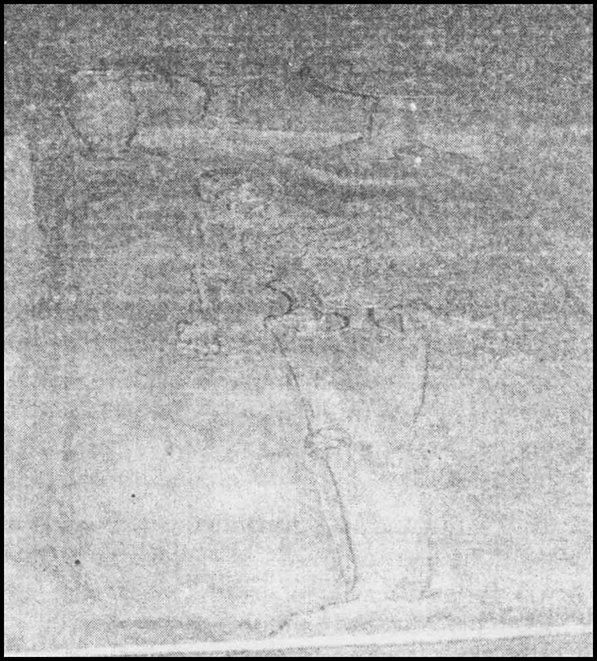List the items of food available to people in Harappan cities. Indentify the groups who would have provided these.
I. The following items of food were available to the people in Harappan cities:
1. Grains such as wheat, barley, lentil, chickpea and sesame, Millets (found from sites in Gujarat), Rice (although its find is very rare). etc.
2. Meat of cattle, sheep, goat, buffalo, pig.
3. Meat of wild species like deer, boar, gharial etc.
4. Plants and their products.
II. Identification of groups who would have provided the items of food:
1. Farmers would have provided the grains.
2. As cattle , sheep, goat, buffalo etc were domesticated Harappans themselves would have provided the meat.
3. Regarding the meat of wild species of animals we are not sure how Harappans procured it but we can guess that it could be either hunting communities or most probably some of the Harappans themselves hunted the different animals.
4. For plants and their products Harappan themselves would have gathered it.






